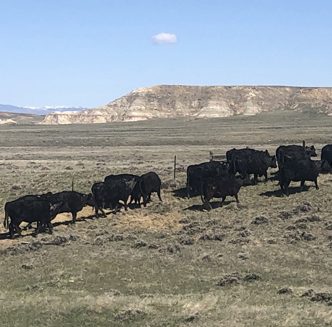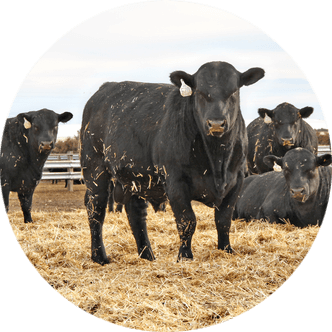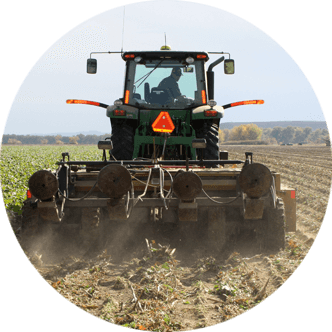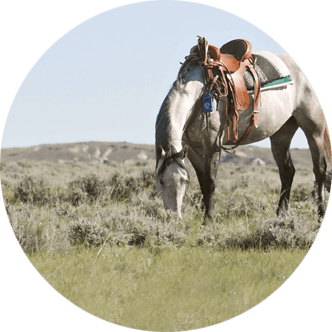GMO webinar outlines wildfire recovery resources
On Oct. 8, the Wyoming Grants Management Office (GMO) held a webinar on wildfire recovery, response, preparedness and mitigation efforts in Wyoming.
The comprehensive webinar was open to the public and featured comments from several representatives of state and local organizations who provided information on understanding wildfire recovery and navigating financial resources in the face of wildfire impacts.
About the GMO
To begin the presentation, Grants Integration Manager Dru Palmer provided background information on the GMO and the Grants Management Initiative and outlined the objectives of the webinar.
Palmer explained the Grants Management Initiative was launched by Gov. Mark Gordon in July 2024 to assist communities with accessing federal and state funding. These efforts are intended to lay the foundation for viable solutions and resource assistance in communities.
The webinar served as a platform to provide comprehensive information about various funding sources available for wildfire recovery and connect community members with state and federal partners who are able to assist with identifying and applying for available programs.
Wildfire statistics
Wyoming State Forester Kelly Norris emphasized state, local and federal agencies all play crucial roles in comprehensive wildfire management and reiterated no singular agency can be responsible for relief by itself.
“Wildfire management and how we look at wildfire is extremely integrated, and it impacts all of us in different ways,” commented Norris, who then shared statistics on the 2024-25 wildfire seasons.
In 2024, a record wildfire season saw over 2,000 fires burn more than 850,000 acres across Wyoming. Of the acres burned, 70 percent were private and state lands – a contrast from historical data which shows large fires impacted mainly federal, often forested areas.
Norris called the 2024 wildfire season “a pretty big wakeup call” in terms of observable impact on private and state lands, further noting the significant devastation to communities opened eyes to what fire management looks like on multiple fronts from prevention and mitigation to recovery.
The 2025 fire season has been similarly active, but quieter than 2024, according to Norris. As of Sept. 30, over 1,300 fires had burned more than 250,000 acres on all lands in Wyoming, with 56,000 acres burned attributed to private and state lands.
Norris further noted Wyoming has experienced significant wildfire impacts on private and state lands in 2025 but, overall, the percentage of acreage burned on these lands is back down to a more typical figure at 22 percent.
Additionally, Norris noted a “well-above average” number of fires started in Wyoming during the summer of 2025, recalling double-digit fires which required constant attention across the state with particularly high activity in July and August.
Norris then outlined a holistic approach to combatting wildfire. She detailed the wildfire lifecycle which starts with planning and prevention efforts before turning to suppression and recovery.
Recovery resources
Understanding federal and state funding opportunities can be a difficult process to navigate, but the GMO works to help alleviate some of this confusion and bridge the gap between agencies and impacted individuals.
“There are several wildfire funding opportunities out there,” said GMO Administrator Christine Emminger. “Some of the more critical ones for the state of Wyoming are centered around infrastructure needs; drought; livestock, hay and grazing; fencing and facility repair and ecological sustainability.”
Representatives of several organizations – including the Wyoming Office of Homeland Security, the Wyoming State Forestry Division, the Wyoming Wildlife and Natural Resource Trust, the Wyoming Association of Conservation Districts, the Wyoming Office of State Lands and Investments, University of Wyoming Extension and the Wyoming Game and Fish Department – provided details on resources offered by their organizations and answered questions about how each group aids wildfire recovery efforts during the webinar.
In terms of federal funding, Emminger said the GMO has compiled a document titled “Wyoming Wildfire Recovery Guide,” which is available online and summarizes 17 federal funding programs wildfire-impacted households, landowners, small business and nonprofits may be able to apply for directly.
Additionally, Emminger noted a document called the “Wyoming Wildfire Opportunity Scan” is available online and details 63 funding programs which could potentially benefit these same groups but may require certain thresholds to be met before funding can be authorized for disaster recovery purposes.
Key takeaways
In closing, Palmer reiterated the importance of utilizing the Wyoming Grant Assistance Program and continuing communication with the GMO and their partners.
“This is a lot of information, but please don’t get overwhelmed into not taking action because there’s too much stuff out there,” Palmer said. “Our delegation, governor, federal partners, state agencies and the GMO are ready to assist and provide the resources you need to be successful.”
“We are committed to supporting you, which is essential to making wonderful Wyoming the place we want to live,” Palmer emphasized. “Let’s remain vigilant and work together to invest in Wyoming and promote stronger, more vibrant communities.”
A recording of the webinar will be available on the Wyoming State Budget Department’s website in coming days, along with more information on the organizations and resources outlined. To access these resources, visit sbd.wyo.gov/wildfire-recovery-resources.
Grace Skavdahl is the editor of the Wyoming Livestock Roundup. Send comments on this article to roundup@wylr.net.





